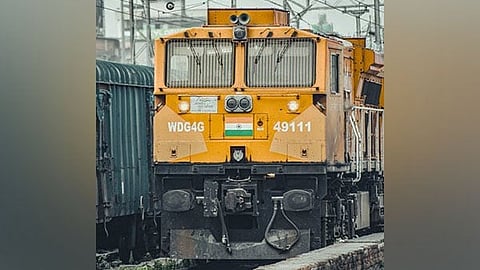

The Indian Railways will use Aadhaar-based facial recognition in all such tests across all centres over the next four months, to prevent the possibility of impersonation in recruiting exams.
The approach to improve exam integrity follows a successful pilot by the Unique Identification Authority of India (UIDAI) during NEET-UG (National Eligibility-cum-Entrance Test Undergraduate) 2025.
At registration and during the exam, the technology authenticates candidates utilising real-time facial matching and Aadhaar e-KYC.
Photographs taken during the application, registration, and examination processes are also used for post-exam verification.
The railways have deployed 500 high-capacity servers to ensure smooth digital operations by upgrading obsolete equipment and eliminating download failures and glitches, Times of India reports.
Additionally, over 7,000 exam centres now have jammers, which have resulted in zero cheating cases by 2025, officials stated.
Computer-Based Aptitude Test (CBATs) and tablet-based tests have been implemented for internal promotions and departmental exams, improving the evaluation process's efficiency and objectivity.
Previously, examination guidelines prohibited applicants from bringing or wearing religious symbols into examination centres. Recognising the diversity of faith practices among candidates across the country, the ministry changed these instructions to make them more secular and inclusive.
Furthermore, the eligibility criteria and waitlist procedure have been made more inclusive. Level-1 positions now require completion of Class 10, completion of the Industrial Training Institute (ITI) programme, or holding a National Apprenticeship Certificate. The waitlist procedure has also been improved by accounting for non-joining candidates up front.
